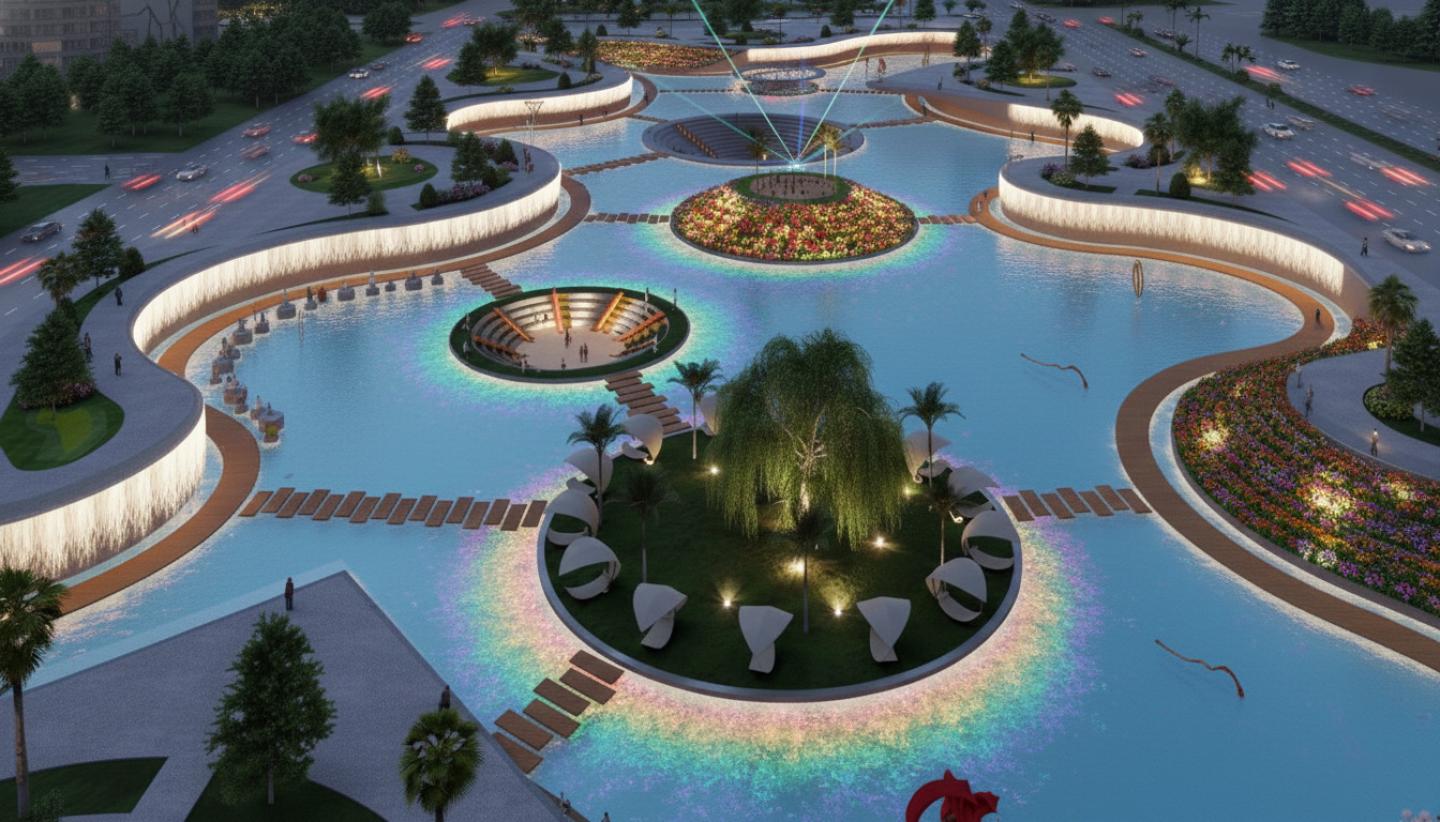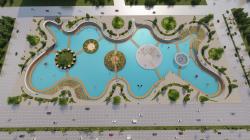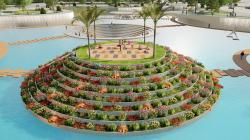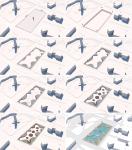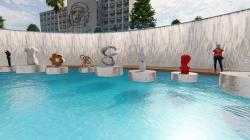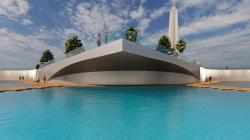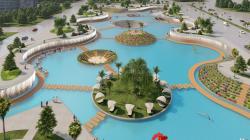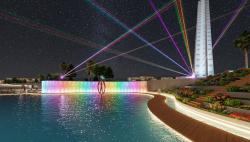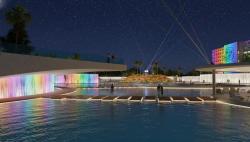Havana’s contemporary image has been deeply marked by expansion: with little demolition or replacement in its older areas, its constitution has been strongly characterized by a series of valuable layers of different periods and architectural styles overlapped in time. Its urban layout was founded on the Spanish tradition of multiple churches, convents and squares, which defined the city’s polycentric format and delineated its network of narrow and shaded streets. Regarding the architectural realm, courtyard-centred buildings were gradually adopted as the appropriate typology to cope with local climatic conditions. In the 19th Century, Havana was characterized by prosperity and splendour, supported by a stable economic growth which led the existing colonial urbanism to be overtaken in terms of expansion and continuity. The so called “Plan de Ensanche” (1817- 1819) guided the expansion of the city beyond the former limits by using the existing outlines of the roads that connected the walled historical centre with the rural areas.New constructions embraced Neoclassicism as the style that expressed an aspiration to order,
rationality and perfection.
Plaza de la Revolución
Located in the Vedado district towards the west side of Old Havana, Plaza de la Revolución is not only one of the largest public squares in the world - 72.000 square meters - but also a place of great historical relevance. The square has been the stage of several of the main events of the Cuban Revolution and the place where up to a million people have congregated at once during political gatherings.This huge esplanade, designed in the 1920s by the french urban planner Jean Claude Forestier, was known as “Plaza Cívica” until 1959. Supposed to become the new city centre of Havana, it was situated in a privileged position at the top of a hill, completing Jose Marti’s Memorial complex with a series of institutionals buildings. An international competition to design the monument to Marti was held in 1942 and a winning proposal was selected. However, dictator Batista dismissed that project and decided to realise the one that had come 4th in the competition: a star-shaped tower by the architect Jean Labatut, 142 meters high and still today the tallest structure in all of Havana.The idea that the whole project would have worked as the linkage of the new and old cities was never close to be accomplished. Surrounded by the concrete building of the Ministry of the Interior - known for the huge mural of Che Guevara - and by the Telecommunications one with the iconic image of Camilo Cienfuegos.
Design Idea
One of the indispensable elements of Cuban culture is dance and music. In the project, the sound of water flowing from the walls gives a reference to the life style integrated with this music. The starting point of the project is that the water flowing from the wall creates different sounds at different distances. A new square was designed according to the waves of the water by excavating the ground level in the area. Five different spaces have been defined in the middle of the water in the area built in the newly designed square: yoga hill, hammock park, cafe, children's playground and sandbox, amphitheater for concerts and events. These five circular activity areas can be accessed from the walking platform that continues along the wall. Art works that can be encountered while walking in the water mass formed in the middle are exhibited, and the entire square area functions as an open modern art museum. While the square was being designed, all functions were designed at the lower level in a way that would not create visual interruptions, rather than placing a new building or group of buildings here. The monument in front of the square and the portrait of Che will not be interrupted visually.
2022
Reinforcement Concrete
Selim Senin
Alev Doru
Muge Gulce Kartal
Mehmet Bikec
Busra Solmaz
Dilek Arik
